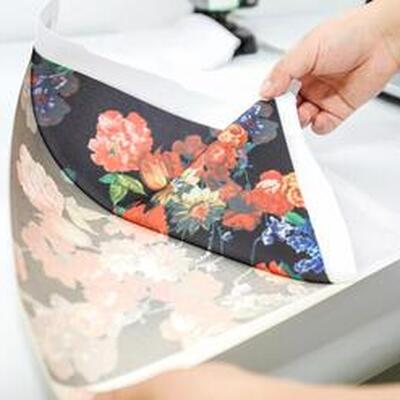- الكلمات - #A4 sublimation paper #sublimation paper wholesale
-
- آخر تحديث ١٩ أغسطس، ٢٠٢١ تعليق ٠ , ٢٢٠ views, ٠ مثل
More from run Hydrotech
More in Politics
Related Blogs
Introduction Of Heat Transfer Paper Manufacturer Processing
الجسم
Dye sublimation A4 sublimation paper is an important consumable for thermal transfer digital printing technology, and it is also one of the important costs. In order to give you a deeper understanding of thermal transfer paper, you can know how to improve printing quality and reduce production costs. The editor will introduce to you what problems will arise during the use of thermal transfer paper.
The temperature and humidity of the environment are very important
The ambient humidity in the printing room is best controlled at 45~70%RH. If the air is too dry, the transfer paper will be easy to warp. At this time, the inkjet thermal transfer paper with large ink will stretch and absorb water, which may cause nozzle friction. Failure; for example, excessive humidity in the air will slow down the drying speed and stretch unevenly on both sides of the transfer paper. Then enable air conditioning in the inkjet printing room. If there is no air conditioning to maintain the temperature and humidity balance, remove the transfer paper plastic bag 1-2 days before printing to allow the transfer paper to balance the moisture in the paper.
- The paper becomes soft and wrinkles when printing
When the transfer paper absorbs too much moisture in the air, the paper will become very soft. It is easy to cause the transfer paper to leave wrinkles when it passes through the pickup roller. The best remedy is to remove some pickup paper at intervals. The small spring of the wheel reduces the pressing force so that the printer can feed the paper smoothly.
- sublimation paper wholesale distinguish the front and back of the transfer paper
When printing, look at the printing surface of the paper. If you are not sure of the printing surface, you can use your fingers to moisten clean water on both sides of the transfer paper. The printing surface is slippery and heavier. When the transfer paper is placed on the printer, be sure to wear fine cloth gloves to avoid dirty fingerprints on the transfer paper










تعليقات